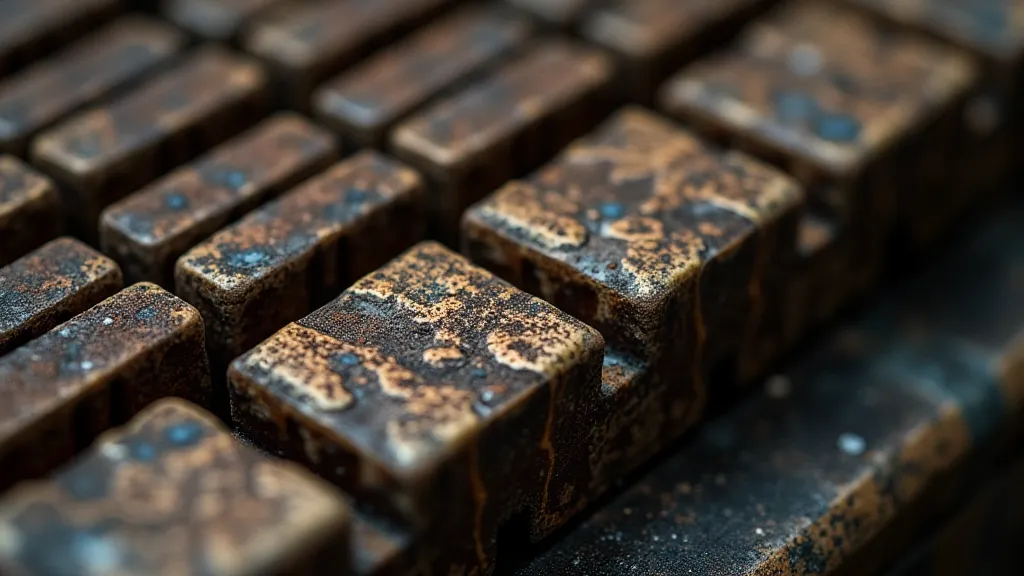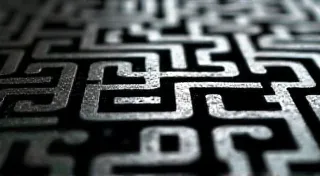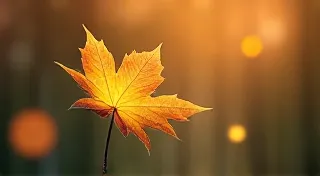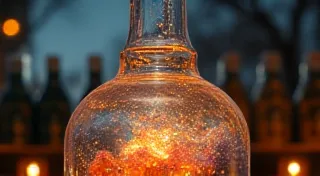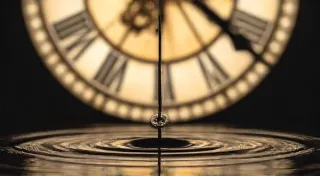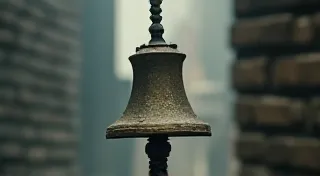The Cartographer’s Compass: Navigating Sensor Fusion for Autonomous Systems
There's a particular resonance I find in antique accordions. Not just in the music they make—though that’s a profound joy—but in their construction, their history, and the sheer ingenuity involved in their creation. Each bellows is painstakingly folded, each key meticulously crafted, and each reed painstakingly tuned. They represent a time when craftsmanship was paramount, and function was inseparable from beauty. It's this same meticulousness, this dedication to precision, that informs the fascinating field of sensor fusion, particularly as it applies to autonomous systems – robots and drones charting their own courses.
Think about it: an accordion’s reliable navigation requires multiple systems working in concert. The player’s ear interprets subtle shifts in pitch and timbre, compensating for inconsistencies in pressure and bellows response. They feel the weight and inertia of the instrument, anticipating the next note. It’s a multi-sensory feedback loop, a form of localized mapping built into the instrument itself. Autonomous systems, facing far more complex environments, rely on something remarkably similar: sensor fusion.
The Challenge of Localization
At its core, autonomous navigation is about knowing *where* you are – localization – and then planning a safe and efficient path forward. A simple GPS unit, for example, might be sufficient for a car navigating open highways. But what about a drone flying through a dense forest, or a robot operating within a warehouse? GPS signals become weak or nonexistent. Relying solely on one source of information is risky. Imagine an accordion player relying only on their left hand for timing – the result would be a disjointed, unreliable performance.
This is where sensor fusion enters the picture. It's the art and science of combining data from multiple sensors – GPS, Inertial Measurement Units (IMUs), LiDAR, cameras, ultrasonic sensors – to create a more robust and accurate estimate of position and orientation. The constant adjustment needed, the fine-tuning of each data stream – it’s akin to ensuring the resonances are all in sync, much like the challenges faced when harvesting energy from ambient vibrations and dealing with unwanted harmonic distortions.
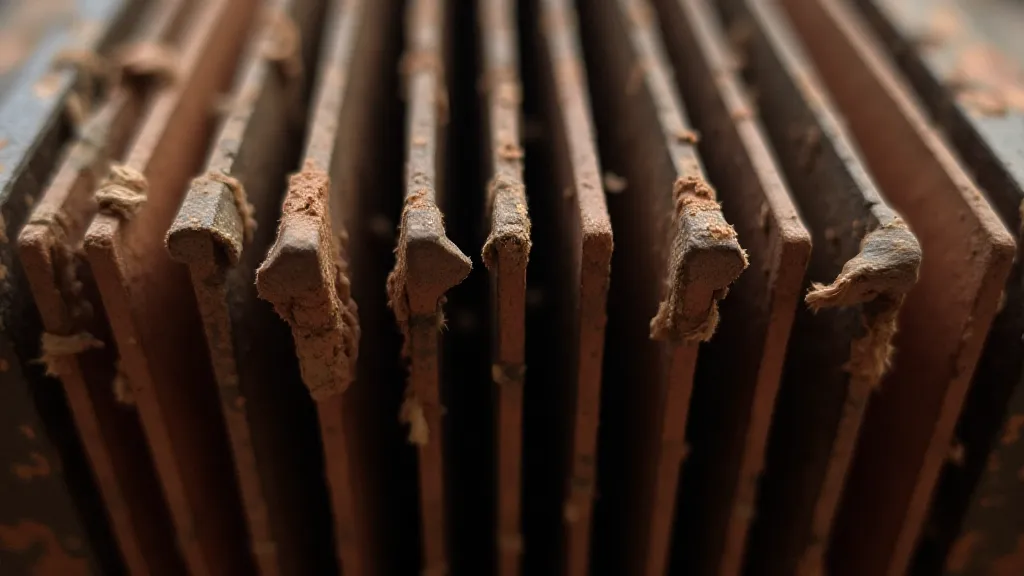
The Core Sensors: Strengths and Weaknesses
Let’s briefly examine some of the key players in this sensor ensemble:
- GPS (Global Positioning System): Provides absolute position data, but suffers from susceptibility to interference, limited accuracy (especially in urban environments), and difficulty operating indoors.
- IMU (Inertial Measurement Unit): Comprises accelerometers and gyroscopes that measure linear acceleration and angular velocity respectively. Provides high-frequency, short-term position updates, but accumulates errors (drift) over time. The accordion player's internal sense of rhythm and balance – it works beautifully in the short term, but needs constant recalibration. The accumulation of error over time can be viewed as an insidious form of noise, similar to the issues faced in debugging the unseen in Arduino projects where unpredictable behavior can arise from seemingly minor factors. Just as meticulously tracing signal paths in a complex circuit is crucial, understanding and mitigating drift in an IMU requires a thorough appreciation of its underlying mechanisms.
- LiDAR (Light Detection and Ranging): Uses laser pulses to create detailed 3D maps of the surroundings. Provides accurate distance measurements and object detection, but is relatively expensive and can be affected by weather conditions.
- Cameras (Visual Odometry): Process images to estimate motion and depth. Cost-effective, but performance can be affected by lighting conditions and featureless environments.
The Alchemy of Fusion: Kalman Filters and Beyond
The real magic happens when these disparate data streams are combined. The most common tool for this is the Kalman Filter. It’s a mathematical algorithm that optimally weights the data from each sensor, accounting for their individual noise characteristics and uncertainties. Think of it as a master tuner, adjusting the contribution of each reed in the accordion to produce a harmonious sound. Older Kalman Filters often assumed sensors were linearly related; more recent versions utilize extended or unscented Kalman filters to handle non-linearities inherent in many sensor models. The development and refinement of these filters often requires a deep understanding of timing and synchronization—concepts explored in detail in projects like building precise timekeeping systems with Arduino, where even slight variations can introduce significant errors.
More advanced techniques include Particle Filters and Simultaneous Localization and Mapping (SLAM). SLAM is particularly fascinating because it builds a map of the environment *while* simultaneously localizing the system within that map – a true act of cartography.
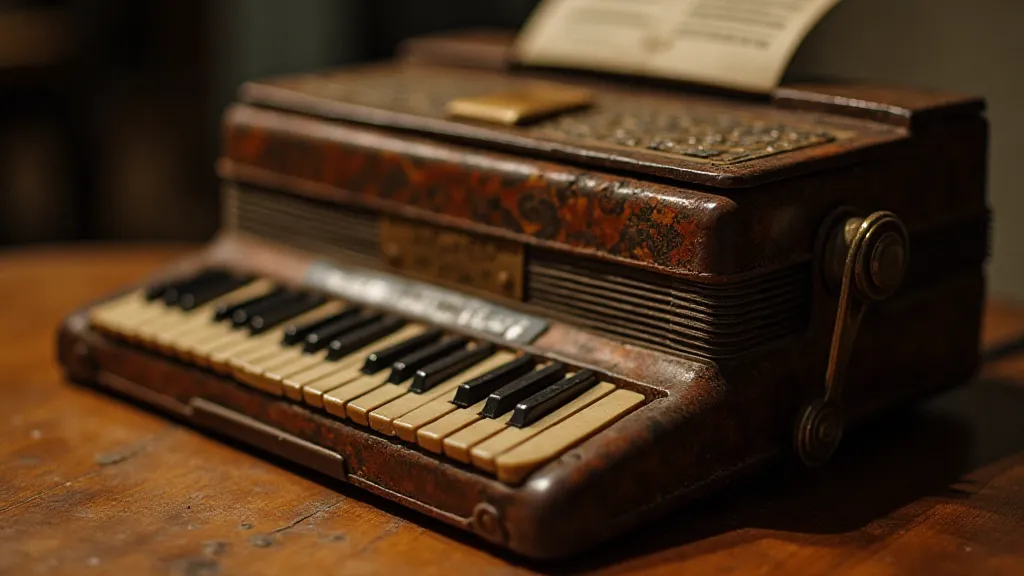
Restoration as Analogy: Addressing Drift and Noise
The process of restoring an antique accordion is revealing. Decades of accumulated dust, grime, and subtle mechanical degradation obscure the instrument's original performance. Similarly, sensor fusion seeks to mitigate the errors and noise inherent in each sensor. A damaged reed might be painstakingly repaired or replaced. In the digital realm, a Kalman Filter essentially performs a similar function, continuously correcting for sensor drift and noise. The careful and considered approach needed for such a restoration reflects a broader philosophy of careful system design – ensuring that each component functions optimally and contributes to the overall harmony of the system.
Consider a worn bellows. Its seals might leak, affecting the instrument’s response. A skilled restorer will carefully repair or replace these seals, ensuring airtight performance. In sensor fusion, this equates to carefully calibrating and characterizing each sensor, understanding its limitations, and compensating for its biases. The pursuit of pristine performance demands meticulous detail and a profound understanding of the system's nuances – a quality that transcends mere mechanics and delves into the realm of art. The creation of responsive lighting systems, for example, shares a similar dedication to precision and thoughtful calibration, as demonstrated in projects like creating reactive lighting systems with microcontrollers, where subtle adjustments can dramatically affect the overall effect.
The Expanding Horizon of Sensory Input
Beyond the established sensors, the landscape of autonomous navigation is being shaped by new and innovative technologies. Thermal cameras, for example, offer a unique ability to “see” in the dark, crucial for nighttime operations and environments with limited visibility. Radar systems, renowned for their robustness against weather interference, provide reliable distance measurements even in challenging conditions. The integration of these diverse sensors exponentially increases the complexity of the sensor fusion problem, demanding more sophisticated algorithms and processing capabilities. The challenge lies not just in acquiring data but in interpreting and harmonizing these vastly different perspectives.
The Future of Autonomous Navigation: Beyond the Horizon
The field of sensor fusion is constantly evolving. Advances in artificial intelligence and machine learning are leading to more sophisticated algorithms capable of handling even greater complexity. The drive toward truly autonomous systems demands ever-increasing levels of accuracy and robustness. Researchers are exploring techniques like deep learning to enable systems to learn from data and adapt to changing environments in real-time, effectively creating a continuous feedback loop of refinement and improvement. The ability to handle and interpret data in complex systems parallels the challenges of ensuring reliable operation in projects that rely on legacy hardware – a topic explored in detail in projects like preserving legacy hardware with Raspberry Pi emulation, where careful consideration of system architecture and data flow is crucial for success. The ultimate goal is to create systems that can not only navigate but also understand and interact with their surroundings in a meaningful way.
Just as the craftsmanship of an antique accordion represents a pinnacle of mechanical artistry, the principles of sensor fusion represent a powerful and elegant solution to a fundamental challenge in robotics and autonomous navigation. It's a testament to the enduring value of combining diverse perspectives – like blending the voices of the accordion’s many reeds – to achieve a harmonious and reliable result. The journey of an autonomous system, charting its course through the world, resonates with the legacy of the cartographer’s compass and the unwavering precision of a finely crafted instrument. The echoes of the past, the meticulous attention to detail, the relentless pursuit of perfection—these are the qualities that define both the art of accordion making and the science of autonomous navigation.
